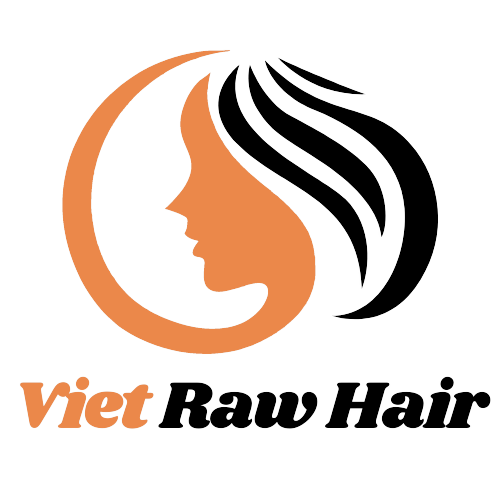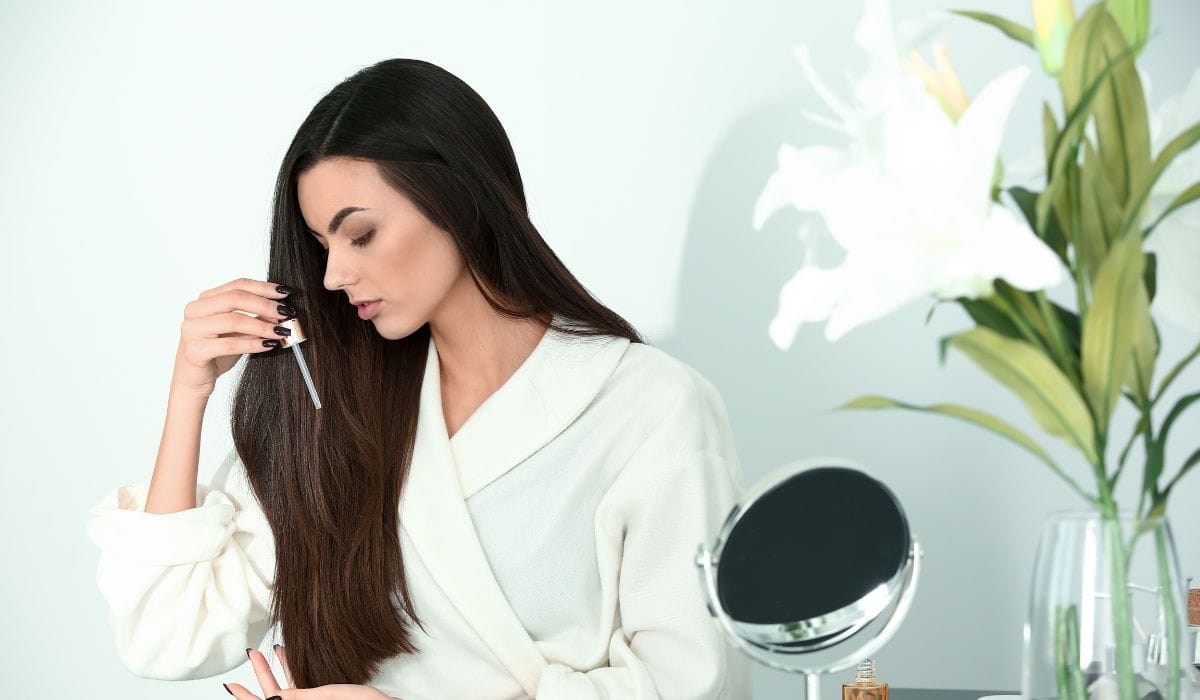Weave vs Extensions: Understanding the Key Differences for Perfect Hair
Weave vs Extensions: Understanding the Key Differences for Perfect Hair
Hair extensions and weaves have transformed the beauty industry, giving people the freedom to change their hair length, volume, and style effortlessly. But when deciding between the two, many find themselves asking, “What’s the difference between weave and hair extensions?”
In this article, we’ll explore “weave vs extensions” in detail, comparing these two options so you can make the best choice for your hair goals and lifestyle.
What are Weaves and Extensions?
Before delving into the differences, let’s start by understanding what weaves and extensions are and the unique benefits each brings to hair styling.
What is a Weave?
A weave (Weft Hair Extensions) is a type of hair extension where additional hair is sewn or woven into the natural hair, typically through cornrows. This method allows for a more permanent and secure style, commonly used to add volume and length or create a protective style. Weaves are particularly popular with people with straight, wavy, curly hair.

A weave is a hair extension method where extra hair is sewn into natural hair, usually over cornrows.
What are Hair Extensions?
Hair extensions are pieces of hair that can be added to natural hair in various ways, such as using clips, tape, fusion, or microbeads. They offer great versatility, allowing wearers to experiment with temporary or semi-permanent styles. This method is suitable for a wide range of hair types, including straight, wavy, and curly textures, making extensions an appealing option for those who want flexible styling possibilities without the long-term commitment of traditional weaves.
The Key Differences Between Weaves and Extensions
Now that we have a basic understanding of weaves and extensions, let’s compare these options across several key factors, including installation process, durability, and maintenance.
Installation Process
The installation process is one of the main differences between a weave and extensions. Installing a weave typically involves braiding the natural hair into cornrow braids, followed by sewing or gluing the hair onto these braids. This process can take hours and is usually done by a professional.
Extensions, however, come in various types with different installation methods. Clip-ins are temporary and easy to install, perfect for those looking to change their look in minutes. Other types, such as tape-ins, micro-links, and fusion extensions, are semi-permanent and require professional application. While these methods are generally less intensive and quicker to apply than a full weave, fusion extensions may still take several hours.
Durability and Longevity
When comparing “weave vs. hair extensions,” durability is a key factor. Weaves are known for their longevity, typically lasting 6-8 weeks or even a few months with proper maintenance and depending on hair growth. They are an ideal choice for those seeking a long-lasting style.
Hair extensions vary in durability based on type. Clip-ins are temporary and can be removed daily, while tape-ins generally last 6-8 weeks with proper care. Fusion extensions can last up to 3-4 months, depending on maintenance. Weaves, being more securely attached, often outlast most extension methods, making them preferable for a long-term look.
Maintenance and Care
Maintenance plays a huge role in choosing between weave or extensions. Weaves require specific care routines, such as regular washing and conditioning, as well as visits to the stylist for adjustments as the hair grows. Since natural hair is braided underneath, moisture and scalp care are essential.
Extensions also require maintenance, but it varies by type. Clip-ins need minimal care, while more permanent types like tape-ins or keratin extensions require gentle brushing, regular washing, and occasional adjustments. Extensions can be easier to manage for those who want lower commitment, but both weaves and extensions demand attention to keep them looking fresh.
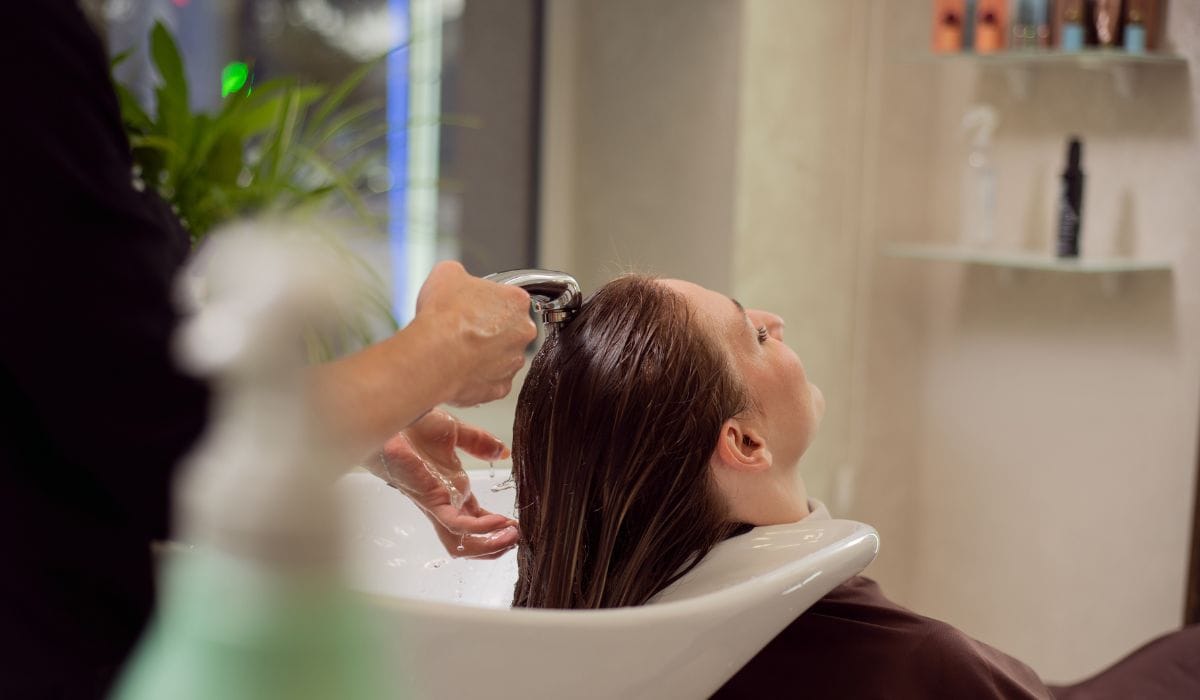
Weave maintenance involves regular washing, and conditioning with occasional stylist visits for adjustments.
Pros and Cons of Weaves vs Extensions
Understanding the pros and cons of weaves and extensions can further help in determining the right choice.
Pros of Weaves
- Long-lasting: Weaves can last from six weeks to a few months, providing a durable style solution.
- Protective Styling: By keeping natural hair braided, weaves protect it from daily wear and styling damage.
- Secure and Reliable: Once installed, a weave stays in place without daily adjustments, making it convenient.
- Great for Textured Hair: Weaves work well with curly or coily hair types, offering versatility and volume.
Cons of Weaves
- Extended Installation Time: Weave installation is time-consuming and usually requires a professional stylist.
- Potential Tension on Scalp: Tight braids and sewing can sometimes cause tension, especially if installed improperly.
- Higher Maintenance Needs: Since natural hair is braided underneath, proper scalp and moisture care are essential.
- Limited Flexibility: Unlike extensions, a weave remains fixed, which limits daily styling flexibility.
Pros of Hair Extensions
- Versatile Styling Options: Extensions allow for quick changes in length, volume, and style, especially with clip-ins.
- Various Application Types: From clip-ins to tape-ins, hair extensions cater to different needs and levels of commitment.
- Suitable for All Hair Types: Extensions are available for straight, wavy, and curly hair, making them accessible to a broader audience.
- Less Time-Consuming: Installing clip-ins or tape-ins is faster than installing a weave, making them ideal for quick style updates.
Cons of Hair Extensions
- Shorter Longevity: Extensions like clip-ins need daily removal, while semi-permanent options last 6-8 weeks.
- Potential Damage to Fine Hair: Certain extension types, like micro-links, may not be suitable for fine hair due to potential stress.
- Regular Maintenance Required: Semi-permanent extensions like tape-ins need adjustments and may slip if not maintained.
- Cost Can Vary Significantly: High-quality extensions, especially for semi-permanent types, can be costly.
Weave vs Extensions for Different Hair Types
When choosing between a weave and extensions, it’s essential to consider your natural hair type. Certain hair types pair better with either weaves or extensions, impacting style longevity, comfort, and the overall look.
Weaves for Curly Hair
Weaves are often an ideal choice for individuals with curly or coily hair textures. Since natural hair is braided tightly underneath the weave, it offers a protective style that reduces damage from frequent heat styling or manipulation. This protective aspect is particularly beneficial for those with textured hair, as the weave helps retain moisture in the natural hair while preventing breakage.
Additionally, curly and coily hair tends to hold up well under the tension of a weave. For people with these hair types, weaves can also help achieve more volume, making it a favored choice for those wanting fuller, more versatile styles.
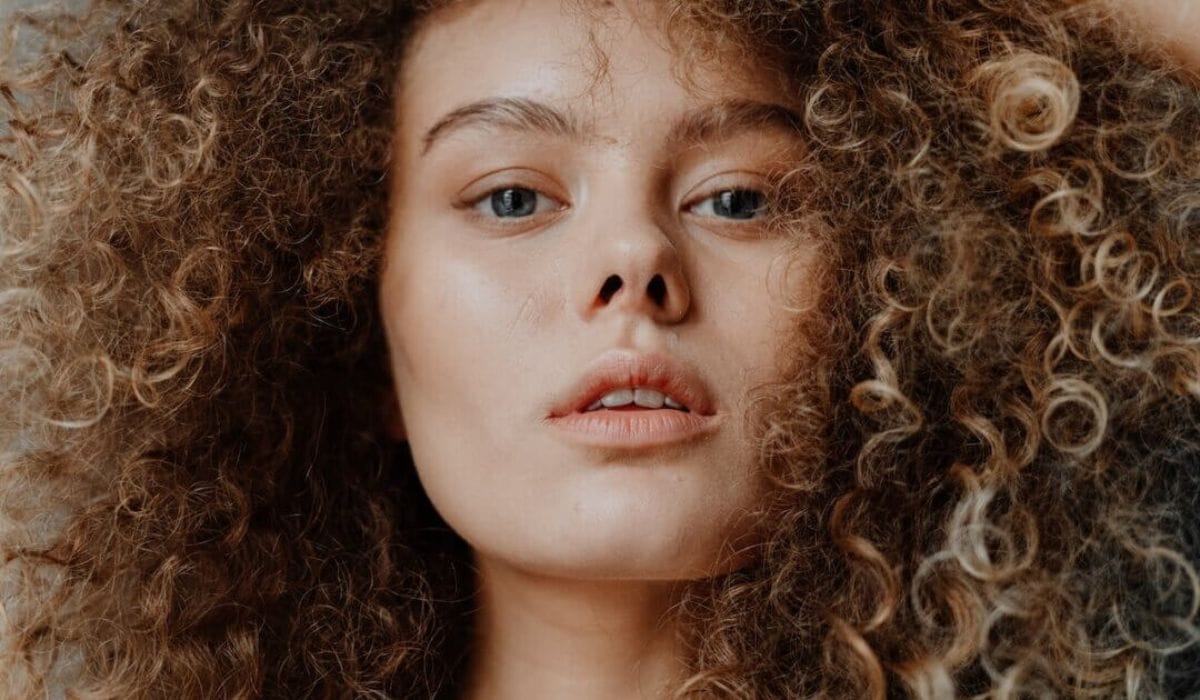
Weaves protect curly, coily hair by retaining moisture and preventing breakage.
Extensions for Straight and Wavy Hair
On the other hand, hair extensions are often better suited for individuals with straight or wavy hair. Extensions like clip-ins, tape-ins, and micro-links can be applied with minimal tension, making them ideal for finer or straighter textures that may not hold up as well under the tension of a weave. Extensions also offer a more seamless blend for straight and wavy textures, providing length and volume without as much commitment to protective styling.
For those with straight or wavy hair looking for temporary enhancements, extensions like clip-ins or tape-ins are popular as they can be easily applied and removed, allowing for quick styling flexibility.
Weave vs Extensions for Different Styling Goals
Understanding your styling goals is another important factor in the weave vs hair extensions debate. Whether you’re looking to add volume, achieve highlights, or protect your natural hair, both weaves and extensions have unique benefits.
| Feature | Weave | Extensions |
| Volume and Length | Long-lasting volume and length, durable styling | Quick, temporary volume and length, ideal for frequent style changes |
| Color and Highlights | Offers more permanent color options with pre-colored wefts | Easy to experiment with temporary color and highlights |
| Protective Styling | Protects natural hair, reduces exposure to environmental damage | Less protective, requires frequent handling and attachment |
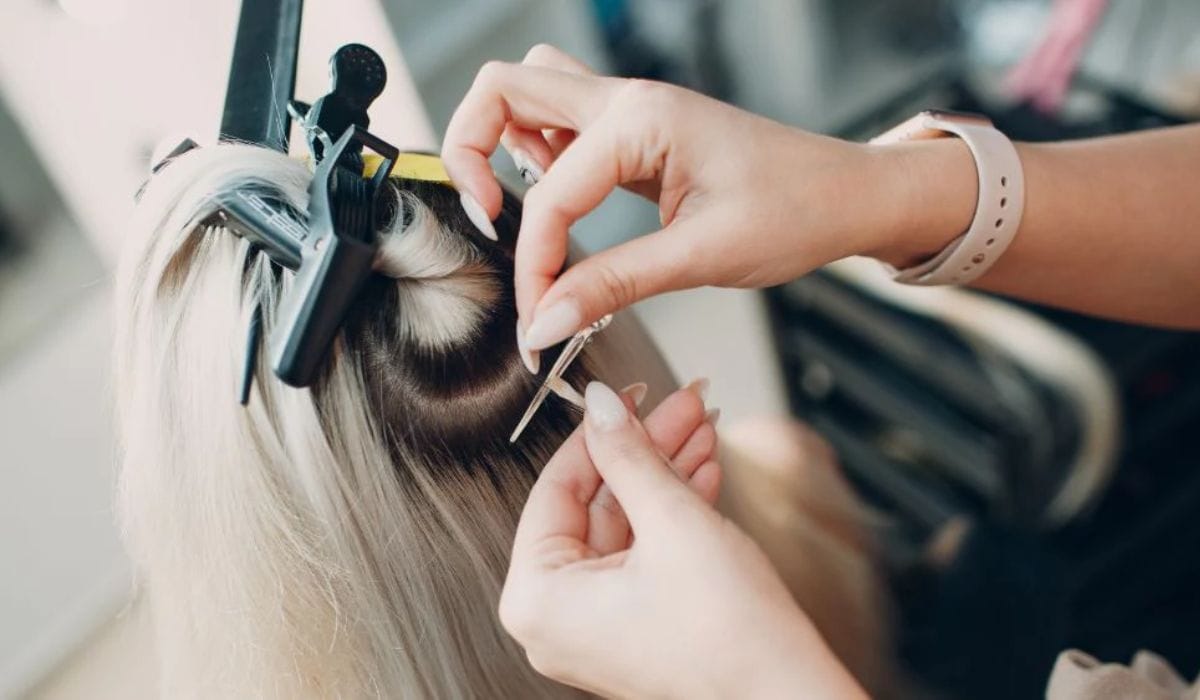
Weaves offer long-lasting volume, while extensions provide a quick, temporary styling solution.
- Volume and Length: Both weaves and extensions can add volume and length, but their longevity differs. Weaves provide a long-lasting, full-bodied style that doesn’t need daily adjustments, while clip-in extensions are perfect for a temporary volume boost and quick changes.
- Color and Highlights: Extensions like clip-ins make it easy to add highlights or try out new colors temporarily without dyeing your natural hair. Weaves also offer color options, but the shade remains until the weave is removed, making extensions better for short-term color changes.
- Protective Styling and Hair Health: Weaves are better for protective styling, especially for those with textured hair, as they shield natural hair from environmental damage. In contrast, clip-in extensions don’t provide the same level of protection and require frequent attachment and handling, which may lead to damage.
Cost Comparison: Weaves vs Extensions
When deciding between a weave or extensions, it’s essential to consider the cost, which varies significantly based on the type, quality, and installation method.
Weaves generally involve a higher upfront cost due to the professional installation and the cost of quality hair wefts, especially for human hair. However, they can be more economical in the long run as they last for months. Extensions, especially high-quality human hair extensions, can also be pricey, and frequent replacement or adjustments for options like tape-ins or fusion extensions add to the cost.
Clip-in extensions, however, are more affordable and do not require professional installation, making them a budget-friendly option for those who want occasional styling flexibility.
Choosing Between Weave and Extensions: Which is Best for You?
Choosing between a weave and extensions depends largely on lifestyle, budget, and styling preferences. Here’s a breakdown to help you determine which option might be best suited for your needs.
Lifestyle and Activity Level
If you lead an active lifestyle or need a style that requires minimal daily upkeep, a weave might be a better choice. Since it remains fixed, it’s convenient for those who don’t want to worry about adjusting or reapplying extensions. On the other hand, extensions may be a better fit for those with a flexible lifestyle who enjoy changing their hairstyle often.
Time Commitment for Installation and Maintenance
Weaves require a significant time commitment for initial installation and regular maintenance, making them more suitable for individuals willing to invest time for a longer-lasting style. Extensions, particularly clip-ins, offer a faster, low-commitment solution that can be applied or removed as needed.
Budget and Styling Goals
Budget plays an important role in the weave vs extensions debate. Weaves tend to be a larger investment upfront but can be cost-effective if cared for properly. Extensions offer a wider range of price points, from affordable clip-ins to high-end fusion extensions, allowing more flexibility for different budgets and styling goals.
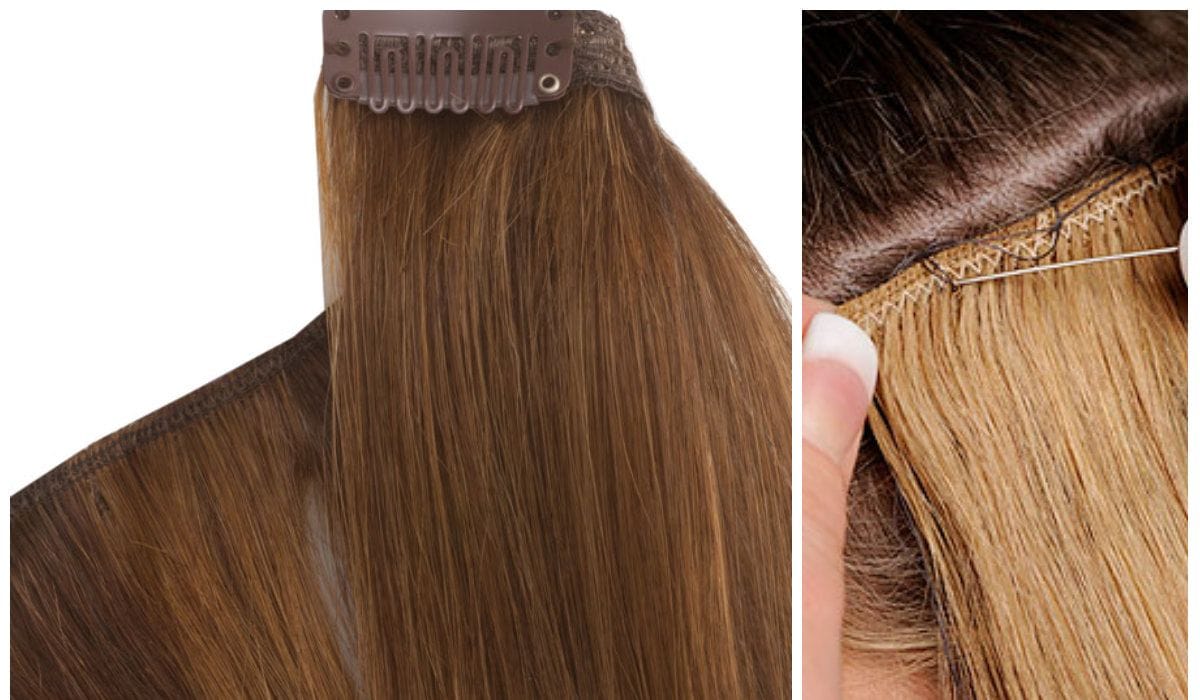
Weaves are more cost-effective long-term, while clip-in extensions offer an affordable, temporary option.
Essential Tips for Choosing a Quality Weave or Extension
Regardless of your choice, selecting high-quality hair weaves or extensions is crucial for a natural look and long-lasting style. Here are some essential tips to guide your decision:
- Opt for Human Hair Over Synthetic: Human hair provides a more natural look, can be styled with heat, and typically lasts longer than synthetic hair.
- Choose a Reputable Brand: Select brands with positive reviews to ensure quality. This minimizes issues with tangling, shedding, or poor color match.
- Match Hair Texture and Color Carefully: Matching the texture and color to your natural hair ensures a seamless blend, especially for extensions.
- Consult a Professional Stylist: For weaves and certain types of extensions, a professional stylist can help you achieve the best results while minimizing potential damage.
Conclusion
Choosing between a weave and extensions depends on your hair type, lifestyle, and styling goals. Weaves offer a long-lasting, protective solution, especially suited for curly and coily hair. Extensions provide versatile, temporary options for those looking for easy changes in length and volume.
If you’re considering premium hair products, VietRaw Hair is a trusted human hair factory in Vietnam, known for high-quality, ethically sourced hair extensions and weaves. With its reputation for authenticity and durability, VietRaw Hair provides an excellent option for those looking to invest in long-lasting, natural-looking hair products.
